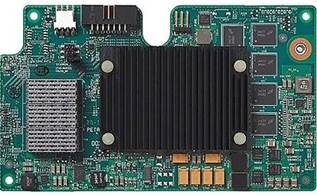

This version provides only the basic Citrix virtualization technology, restricting the delivery options to VDI for both pooled and dedicated services on Windows 7 and Windows 10. Citrix Virtual Apps and Desktop is available in three versions. They also need to be aware that publishing applications require either Citrix Virtual Apps or Citrix Virtual Apps and Desktop Enterprise/Platinum version.Ĭitrix’s VDI solution, Citrix Virtual Apps and Desktop, works in small environments and large ones, but it’s geared toward the medium and big enterprise. To deploy VDI with Citrix, organizations must consider what kind of VDI they need for their infrastructures (desktop, server, or session-based).

While there is a standard definition of VDI, there are various methodologies to deliver virtual desktops, classified into three main categories: Hypervisors manage the VMs and broker the connections to the VMs. It’s possible to scale the IT infrastructure up or down according to demand by adding more servers with more VMs. What makes the above possible is an abstraction layer known as a hypervisor, which allows guest VMs to be installed on a single server.

A VDI desktop is a desktop running on a server in the datacenter that a user can access from virtually any device. VDI stands for virtual desktop infrastructure. What exactly is the difference between Citrix and VDI? Citrix Virtual Apps (formerly Citrix XenApp) is an application delivery solution that enables access to Windows-based applications to any device compatible with Citrix Receiver.


 0 kommentar(er)
0 kommentar(er)
